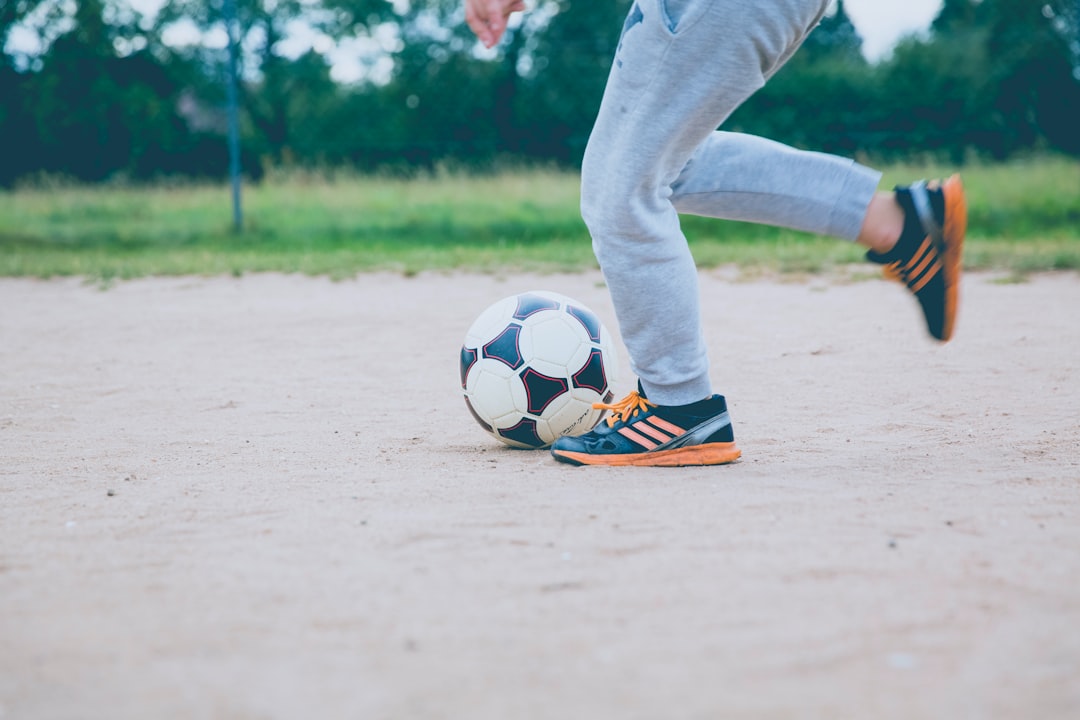What is it about?
Clinical photography in the field of oculoplastic surgery has many applications. It is possible for clinicians to obtain standardized clinical photographs without a studio. A clinician photographer has the advantage of knowing exactly what to photograph as well as having immediate access to the images. In order to maintain standardization in the photographs, the photographic settings should remain constant. This article covers essential photographic equipment, camera settings, patient pose, and digital asset management.
Featured Image
Why is it important?
The choice of photographic equipment for use in oculoplastic photography is very specific. A broad understanding of the types of camera, flash, and lenses will help one choose the correct system for this purpose.
Perspectives
Clinical photographs are useful for clinical records, research, audit, education, and in supporting medico-legal cases. Standardized clinical photographs are often taken by medical photographers using professional grade photographic equipment in dedicated studios. However, it is possible for clinicians to obtain high quality clinical photographs using simpler photographic equipment outside a studio. There are many benefits if a clinician takes patient photographs.
Jun Fai Yap
Read the Original
This page is a summary of: A Review Of Oculoplastic Photography: A Guide For Clinician Photographers, Cureus, August 2016, Cureus, Inc.,
DOI: 10.7759/cureus.733.
You can read the full text:
Resources
Contributors
The following have contributed to this page










